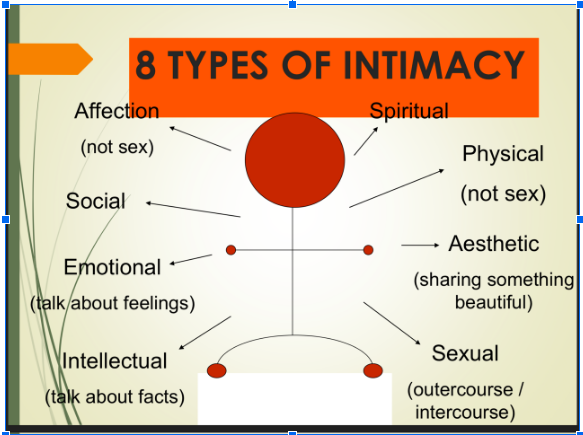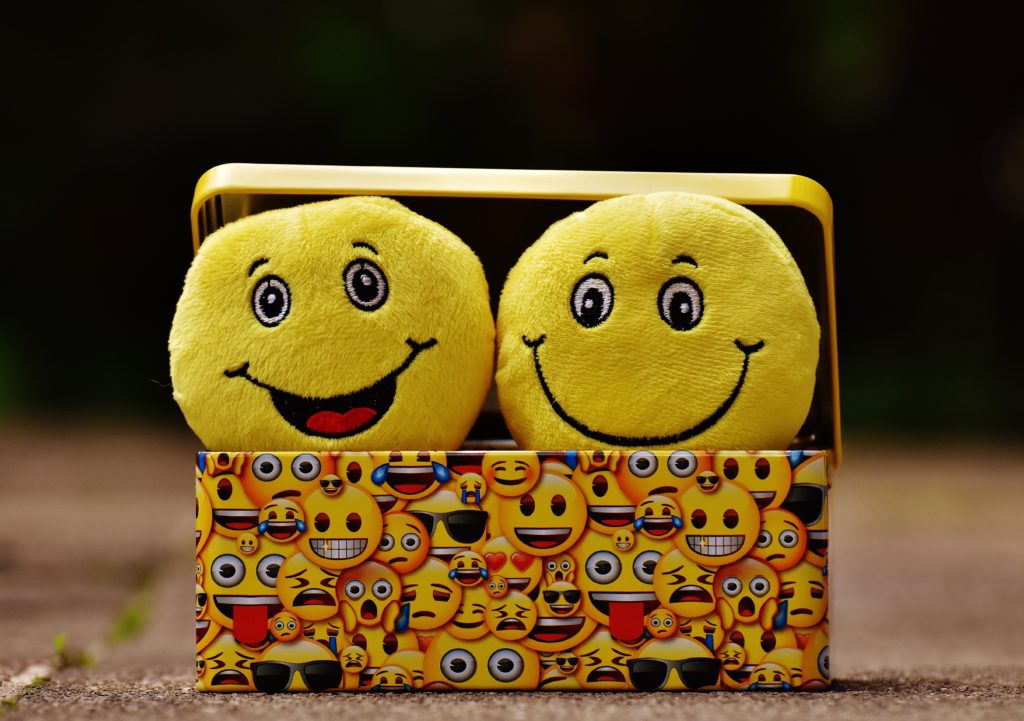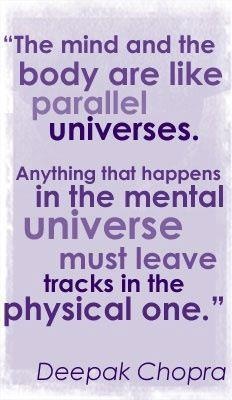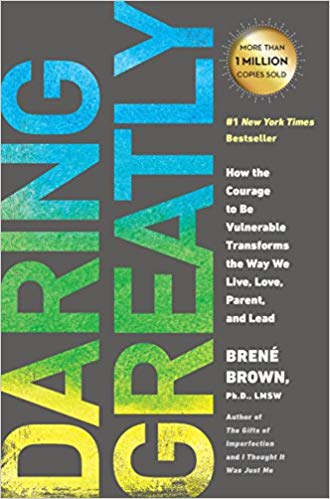
Digestion is truly the key to health. Eating real, whole foods and properly digesting it provides literally every raw material your body uses to perform every single function from walking to digestion to releasing hormones and firing neurons. None of those things can happen without a steady stream of properly digested vitamins, minerals, proteins, fats, and carbohydrates.
Our bodies have the incredible ability to take the food that we eat, and break it down into usable pieces that become cells. The root of this incredible process is digestion. However, you develop cells from the food you actually digest or more accurately what your bacteria digest. The idea that we put food into our mouth and it goes through the esophagus to your stomach does not mean that food actually gets into your cells. Ultimately, the goal is for all the food you eat to be properly digested into such small molecules that it can go through the cell and become energy, and create raw materials to make our essential compounds like insulin, serotonin, thyroxin, fatty acids, phospholipids, prostaglandins, etc.! If you have undigested food, the particles are too large and they cannot get into the protective one cell lining. These large particles will bounce off and become food debris or inflammation progressing to leaky gut.
The problem is that most of us have a breakdown in digestive health due to being formula fed, not receiving good colostrum and breast milk that give wonderful benefits to our lifelong immune system. Our Standard American Diet (SAD) is a double whammy. Eating sugar, processed carbohydrates and chemicals lead to autoimmune disease, acne, eczema, anxiety, depression, allergies, joint pain, fatigue, GERD, sleep disorders, and cavities. These symptoms are the progression of intestinal permeability (leaky gut)! If that is not enough, in comes the antibiotics we were all placed on for anything and everything as a child. There are many more layers of demise from chemicals and toxins in our lotions, potions, household products, pharmaceutical side effects, drinking contaminated water with glyphosate (round up), fluoride, chlorine and leached plastics from plastic contained foods and water.
There are three factors with almost any condition. A genetic predisposition, environmental triggers and intestinal permeability, also known as leaky gut. Your intestinal lining is your main defense layer between your blood circulation (seen as the inside of the body), and the outside of the body which is the tube from your mouth to your anus. This is where food, liquids, bacteria and toxins end up passing through your system and for the most part through the digestive tract. These things are put into our mouth and unavoidably we swallow fecal matter, toxins, fungus, parasites, bacteria and molds. They are concealed by the part of the intestine, “the tube”, called the lumen. The lining of the tube has a mucosal layer and below that layer is a one cell thick border, which is the ultimate and final separation between the outside world and the circulating blood inside the body.
So this healthy human intestine has the important role of acting as both a barrier and a filter through selectively closing and opening intestinal tight junctions depending on the need. When this process is working properly, it allows nutrients to be absorbed and blocks the absorption of toxins and pathogens. As discussed above, when this procedure is not healthy and that one cell gatekeeper becomes too permeable, problematic substances get absorbed. When these substances are non-specifically able to pass through that one cell thick lining into the blood system, it has significant symptoms which progress over time to conditions and disease. A leaky gut is the one which has lost the regulatory mechanisms that controls what is allowed to pass through those layers. Again, we eat and we need nutrients to pass through to absorb the vitamins, minerals, phenols, etc., and to receive the benefits from the food. We do not want the bacteria and viruses, environmental toxins ,etc., to cross over. When this occurs, the balance of inflammatory immune responses is disrupted, leading to chronic inflammation and poor immunity. This development of leaky gut may be asymptomatic, you may not have any gradual symptoms, even while it is creating a pathway for chronic conditions. Chronic conditions are just a continuation of leaky gut.
I think it is extremely important and helpful to understand the relationship between digestion and leaky gut. The more you recognize the connection to the signs that we call “symptoms”, compliance to an individual gut healing protocol will be more sustainable. I work with patients/clients to build a phase by phase roadmap from where it may have began. We can then start unraveling and reducing their symptoms and finding recovery and a way to thrive!
So then what goes wrong?
Inflammation
Infections (Candida, mold, SIBO)
Dysbiosis (a disruption in our microbiome)
Where do we start?
What has to be addressed first in any condition is the dysbiosis or imbalance in your microbiota. This means you have too many pathogens and not enough beneficial bacteria. Each individual has a different microbiome, so how do we know how to access this? It is a very tricky process! To have clarity and understanding that we are just the host and actually we are more microbial than human, is the most important and key concept. The connection to our gut and our microbiome is directly linked to optimal health. Our bodies are actually 10 x times the amount of microbes than human cells. It hosts 500 to 2000 species of microorganisms including, bacteria, yeast, parasites and viruses. This collective bacteria is known as the microbiome. The health of 100 trillion bugs in your gut or your microbiome is one of the things that most impacts your health. They supply us with about 3 1⁄2 million bacterial genes in our system that we depend upon day to day for up to 90% of our metabolic function.
There are 2 major features that are present across the board when the gut is messed up and you have primary symptoms or conditions associated with the gut. One is the lack of diversity, another is not having the presence of certain key strains. Not all strains are created equal. There needs to be a richness and uniformity, a balance in place for vitality. Our goal together is to create that balance! This will protect you, the host, your immune system, and your gut lining. So the vast majority of conditions have this dysbiosis as its primary feature. Once you have that imbalance everything starts to fall apart.
This is why if you do not deal with the issue of leaky gut and dysbiosis upfront, you will be trying to throw supplements, medications and other things at symptoms while the underlying problem continues to perpetuate. This dysbiosis may be a main driver. A compromised gut means increased levels of toxins in the body, which fuel inflammation, contribute to disease, cause weight gain and promote premature aging.
The large research now shows that supporting intestinal health and restoring the integrity of the gut barrier are the most important goals of medicine. That’s because the digestive, immune, nervous, and endocrine systems all communicate and interact with one another through these bacteria. When your gut is not functioning properly, the activities of the other systems are compromised.
To get you started on the right path, one of the fundamental principles of nutrition is to avoid foods and other things that compromise and damage the lining of the gut as well as destroying the beneficial microflora. The list below helps pathogenic bacteria proliferate.
Your gut bacteria are very sensitive. You need to avoid as many of these things as are in your control:
❖ Antibiotics
❖ Sugar & Processed food
❖ GMO Foods
❖ Fluoride & Chlorinated water
❖ Antibacterial soap
❖ Chemicals
❖ Medications
❖ Pollution
❖ Emotional Stress
❖ Bacterial, fungal, viral gut pathogens and chronic infections
❖ C-sections and lack of breast feeding
It is the layering of these above toxins that diminish healthy bacteria. Your total load for each day and stacking over time just increases the issue. Virtually all of us are exposed to a lot of these throughout our lives and some at least occasionally. It is extremely important to ensure your gut bacteria remain balanced and should be considered an ongoing process.
I believe that our digestive system holds the roots to our health. The breakdown of our barrier and filter process is at least in large part of what establishes the mixture of “symptoms” we label as weight gain, auto immune, IBS, Crohn’s, GERD, arthritis, ADHD, autism, Bipolar disorder, OCD, diabetes, chronic fatigue, PMS, endocrine disorders, and depression. They are rising yearly in large proportions. Even relatively minor ailments, such as constipation, diarrhea, lack of libido, aches and pains, and fatigue are directly linked to gut dysfunction. In most cases a lot of these symptoms and conditions overlap.
My job then as a nutritional therapist is to put the correct individualized and supportive diet in place. Also, to be a gut and microbiome detective and remove the clutter, food sensitivities, inflammation and bugs. I will then replace deficiencies for digestion, repair the gut and gut function, reinoculated the beneficial bacteria and reseed the gut.
I believe that listening to the patient or client is where you receive most of the information you are looking for. Having more energy and feeling your best takes creating an individual protocol in stages. We can then address the underlying dysfunction, gradually modifying as you have more information to move forward. If you would like an appointment, please call the Bull City Psychotherapy office at 919-382-0288. You can also call me at 919- 427-5946 or email me with questions at kimshack12@yahoo.com.
Best In health,
Kim Shackleford
Kim Shackleford Nutrition, LLC / www.kimshackleford.com / 919.427.5946 / kimshack12@yahoo.com
 But, how long before this Safe Place exercise is no longer needed?
But, how long before this Safe Place exercise is no longer needed? 





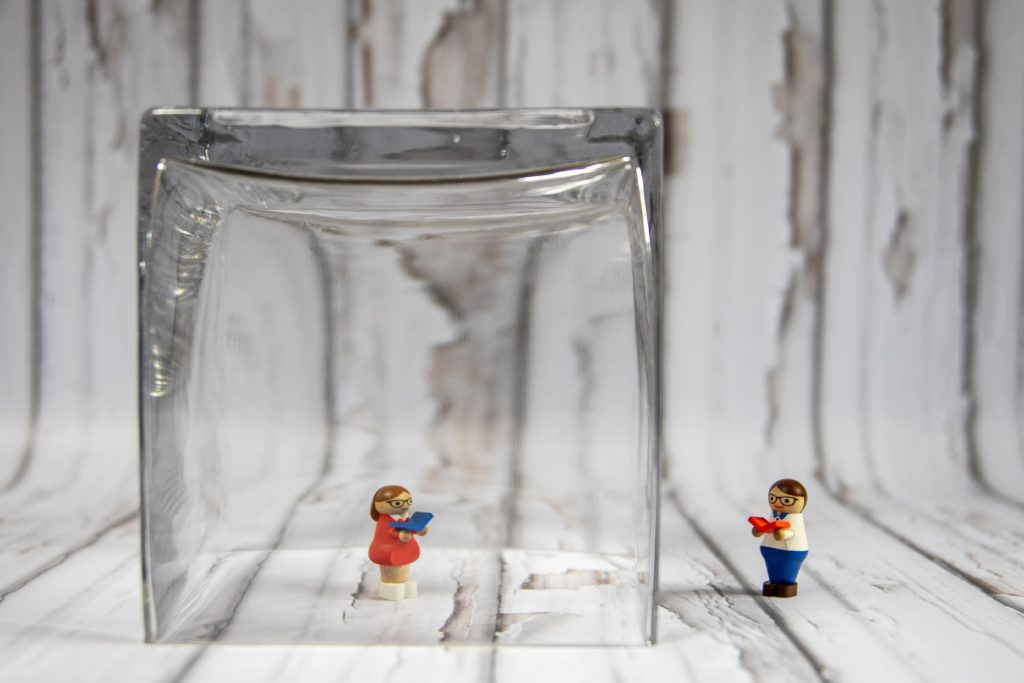 This is also a perfect opportunity to introduce meditation to your kids by turning on your favorite meditation app and laying on the floor and either invite your kids or let them join in naturally, whichever happens first☺
This is also a perfect opportunity to introduce meditation to your kids by turning on your favorite meditation app and laying on the floor and either invite your kids or let them join in naturally, whichever happens first☺